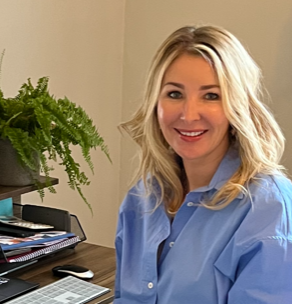Kerry Brown: It’s time we talked about tenant behaviour - without the blame

Kerry Brown
Kerry Brown, director at Alator Data Services Ltd, wants to bring tenant behaviour back into the damp and mould discourse.
There’s a difficult conversation in housing that too often gets avoided: tenant behaviour and its role in damp and mould.
Recently, at a meeting with housing professionals, I mentioned “tenant-driven behaviour” as part of a wider discussion on causes of damp and mould. I was quickly told, “We’re not allowed to say that anymore.”
And I understand why. For good reason, the sector has moved away from language that risks placing blame. The Housing Ombudsman’s landmark ‘It’s Not Lifestyle’ report made it clear that residents should not be held responsible for poor housing conditions - especially when the underlying causes lie in structural defects or a lack of timely intervention. It was a necessary shift: one that helped refocus attention on landlord responsibilities and the importance of prevention.
But in trying not to assign blame, we may be closing down opportunities to have open, constructive conversations.
Because the truth is, how a home is used will play a part. Moisture from daily activities - showers, cooking, drying clothes - is inevitable. Whether or not that moisture becomes a problem depends on airflow, heating, ventilation, and the way the space is used. These aren’t lifestyle choices - they’re environmental realities. And ignoring them doesn’t help anyone.
In our work monitoring indoor conditions, we’ve seen clear cases where the fabric of the building is sound, but persistent damp and mould issues continue. It’s only through working directly with tenants - hearing how they use the home, what challenges they face, and what support they need - that we get to the full picture.
The Chartered Institute of Housing says it well: “No one should be blamed for living in their home.” But they also recognise the importance of education and meaningful engagement. When tenants are included in the process and supported to make small changes, outcomes improve.
The Scottish Housing Regulator’s consultation on new ARC indicators is another important step forward. Measuring not just response times, but repeat visits, recognises that we can’t claim success until we’re sure the issue won’t come back. That means looking at root causes - all of them.
This isn’t about going backwards. It’s about being honest, and having the confidence to deal with complexity. It’s about giving tenants the information they need - not to blame, but to empower. That means education. It means better ventilation planning. And it means acknowledging that behaviour can be part of the picture - and that’s okay.
Because when we stop talking about how homes are lived in, we also stop ourselves from finding lasting solutions.
And the truth is, the best results come when we combine environmental data with tenants’ lived experience. Real prevention happens when we work together - not just to treat the symptoms, but to understand what’s driving them.









